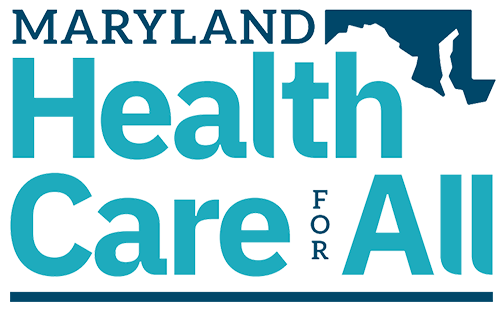The Washington Post
By Editorial Board, Sunday, November 18, 6:52 PM
NEARLY EVERY state plus the District has raised its cigarette tax in the last dozen or so years, and many have raised it more than once. Maryland has done more than most: Since 1999, the state has increased the levy on cigarettes three times, more than quintupling the rate, which now stands at $2 per pack.
Smokers, obviously, are hurt by this. But think of those who are helped. Each tobacco tax hike in Maryland has been followed by a steep decline in the rate of smoking. The state’s adult smoking rate fell by a third between 1998 and 2009–more than twice the national average. The result of raising Maryland’s cigarette tax, advocates say, is more than 70,000 lives saved, in that span alone.
That’s why it makes sense to keep raising the rate. Last week, public health advocates proposed another $1-per-pack increase–the last one of that size was in 2008–that would raise the state’s tobacco tax to the sixth-highest in the country from the 11th. The initiative, backed by several hundred businesses, religious organizations and nonprofits, would channel tens of millions of dollars of new revenue to reduce tobacco use and pay for better access to health care.
The proposal is sure to face stiff opposition from tobacco companies. It’s also sure to cut smoking rates even farther and to save more lives.
A pack of cigarettes in Maryland costs about $6.25, including state and local taxes and the federal government’s $1.01 levy. That’s steep, and it should be–especially to dissuade teenagers from taking up the habit. A tax that prices them out of the market will improve public health and save insurance companies, taxpayers, and employers millions of dollars.
By their actions tobacco companies have acknowledged that higher taxes cut cigarette sales. Last spring, led by Philip Morris, they spent $47 million on an ad campaign to defeat a ballot proposal that would have added $1 to the cigarette tax in California. The proposal failed, narrowly.
Public health advocates estimate that a 10 percent increase in the price of cigarettes cuts adult smoking by 2 or 3 percent and youth smoking by at least twice that much. And tobacco tax increases have produced important revenue for Maryland. The increase in 2008 has yielded more than $100 million annually and led the way to a sharp expansion in the state’s Medicaid program to extend health coverage for the poor.
There’s no doubt that higher taxes increase the lure of tobacco smuggling from low-tax states and prompt some residents to cross the border to buy cigarettes. That’s particularly true in Maryland given the proximity of Virginia, whose 30-cents-per-pack tax is the
second-lowest among the states.
Still, survey evidence clearly shows that smoking rates have fallen sharply following tax increases. It’s hard to think of another legislative move that has such immediate, important and beneficial effects on so many people.
Last modified: November 19, 2012



